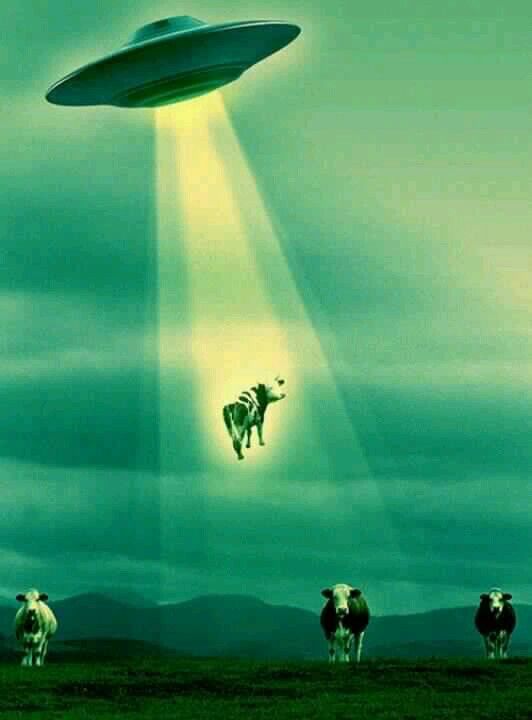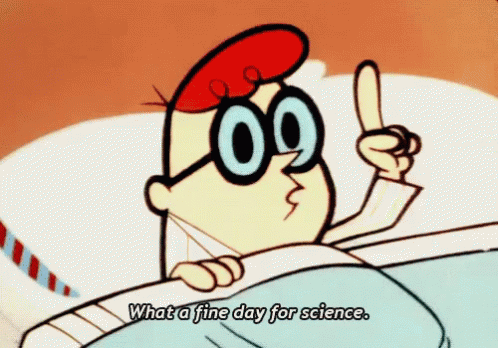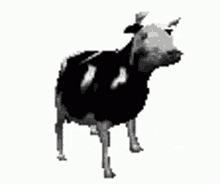
Prion scientific group within
Polish Astrobiology Society

We aim to find the most ancient prions on Earth.
The ancient prions
Prions are heritable aggregates of alternative folds of proteins. They can be both beneficial and detrimental. Our research focuses on conserved prion proteins in Archaea and Bacteria.
Do certain proteins (such as helices) universally coexist with prion aggregation domains across the tree of life? If true it suggests that prion-based regulation of gene expression may have existed at the time of LUCA and additionally may have played a role in early organismal adaptation.
We have shown that the amyloid-forming prions are present in Archaea – the last domain studied in regard to prions.
“The Hunt for Ancient Prions: Archaeal Prion-Like Domains Form Amyloid-Based Epigenetic Elements”
Molecular Biology and Evolution, Volume 38, Issue 5, May 2021, Pages 2088–2103, https://doi.org/10.1093/molbev/msab010
Amyloids at the origin of life
We are using top-down and bottom-up approaches to understand how prevalent amyloid formation was at the origin of life and what role it may have played. Using the methods of synthetic biology we are testing the hypothesis of the prebiotic origin of catalytic amyloids.
Amyloids in space
Amyloids and prions are two terms that often overlap. Many amyloids constitute prions – transmissible or hereditary aggregates. Amyloids were originally discovered to be involved in the development of neurodegenerative diseases such as Alzheimer’s, Parkinson’s, and Huntington’s diseases, but have since been shown to have a role in many nonpathogenic and, indeed, beneficial physiological functions as well. In microbes, amyloids constitute extracellular scaffolds that help maintain biofilms. One of the priorities of NASA is to find ways to prevent biofouling (related to biofilm formation) on the International Space Station. Answering this need, we are developing an anti-biofilm strategy that targets amyloids.
Developing research tools for space research
To study prions and amyloids in simulated microgravity conditions we are developing our own hardware that is based on the principle of random positioning.
Prions and medicine
Cross-seeding
Predicting candidate prion proteins on a proteomic scale allows us to address medical problems in our research. We are researching potential cross-seeding between neuropathology-related amyloid-forming proteins and candidate prion proteins from human and microbial proteomes.
Targeting amyloids to prevent biofouling
We are studying anti-amyloid substances as a countermeasure to the biofilm-formation. The approach has both medical and industrial implications. We are also interested in using amyloids as nanomaterials.


Why cows and flying saucers?
The Cow
Prions became recognizable because of the “mad cow disease” that can be transmitted to humans causing Variant Creutzfeldt-Jakob Disease. Now we know that besides the bad prions nondetrimental and even beneficial prions exist in many species, including yeast and bacteria. We decided to accept the legacy of cows as a symbol of all prions, but at the same time emphasize the existence of nonpathological prions.
The Saucer
The flying saucer is a long-established symbol of extraterrestrial intelligence. We decided to adopt the symbol of a flying saucer on our website as a general symbol of astrobiology. Among questions that astrobiology tries to answer using scientific methods are: How did life begin? How did life evolve? Are we alone in the universe? Our research falls into astrobiology because it focuses on the first two questions. In our opinion, the universal process of protein aggregation is so essential, fundamental, and ancient on Earth that it could also be a necessary component of alien biology if it experiences similar physicochemical constraints.
Our Team
(in alphabetical order)
- Ignacy Górecki – Medical University of Warsaw
- Takao Ishikawa – University of Warsaw
- Jakub Janiec – Nencki Institute, PAS
- Aleksandra Kowalczuk – University of Warsaw
- Mikołaj Kuska – University of Warsaw
- Krystian Latos – Jagiellonian University
- Michael Lee – NASA, BMSIS
- Shamba Mondal – IIMCB
- Krystian Łopucki – Marie Curie Sklodowska University
- Małgorzata Malczewska – University of Warsaw
- Róża Okoń – University of Warsaw
- Magdalena Pilska-Piotrowska – OPiOA Olsztyn
- Taniya Roy – Jeonbuk National University
- Siddhant Sharma – University of Delhi, BMSIS
- Aleksander Szymczak – Hirszfeld Institute, PAS
- Tomasz Zajkowski – NASA, USRA, BMSIS
Colaborators
- Nicholas Bense – BMSIS
- Alexandre Bisson – Brandeis University
- Patrick Brennock – USRA
- Amanda Carbajal – USSC
- Arthur Charles-Orszag – USSF
- Robert Dec – University of Warsaw
- Wojciech Dzwolak – University of Warsaw
- Christopher Jakobson – Stanford University
- Daniel Jarosz – Stanford University
- Thomas Lozanoski – Stanford University
- Radosław Piast – University of Warsaw
- Lynn Rothsihild – NASA
- Jessica Snyder – NASA, USRA